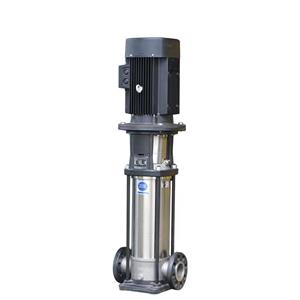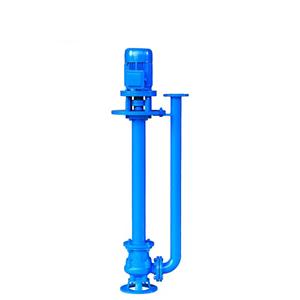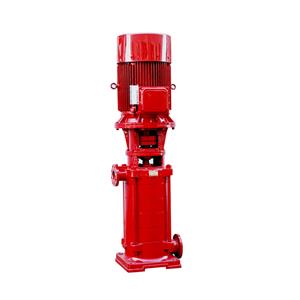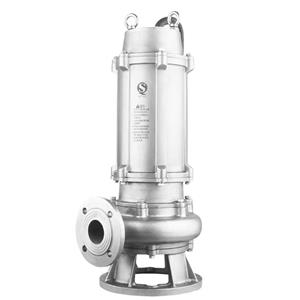The Significance of "K" in KCB Gear Oil Pumps: Engineering Excellence in Anti-Wear Performance
In industrial fluid handling systems, the KCB series gear oil pump stands as a benchmark for reliability. The prefix "K" (from the Chinese "kàng" 抗, meaning "anti-wear") is not merely a label but a declaration of its core engineering philosophy: exceptional resistance to wear under extreme conditions
. This article explores why this designation is pivotal for industries ranging from petroleum refining to food processing.
1. The Technical Anatomy of "K": Anti-Wear Design
1.1 Material Science Behind the "K"
Gear Hardening Process:
Gears undergo high-temperature quenching and ion carburization, achieving surface hardness of HRC 58–62. This reduces pitting and scuffing under cyclic loads, extending lifespan by 3–5× compared to non-hardened gears.
Bearing Systems:
Models ≤KCB83.3 use graphite-infused sliding bearings with self-lubricating properties at 380°C.
Larger models (≥KCB200) employ high-temp rolling bearings with ceramic balls, sustaining radial loads up to 25 kN
.
1.2 Structural Innovations
Leakage Return Chute:
A patented backflow channel minimizes hydraulic torque on gears, reducing axial load on bearings by 40% and cutting wear rates.
Safety Valve Dynamics:
The overload valve activates at 1.5× rated pressure (e.g., 2.17 MPa for a 1.45 MPa pump), preventing gear tooth shear during viscosity spikes.
2. Why "K" Matters: Performance in Hostile Environments
2.1 Defying Abrasion and Temperature
| Stress Factor | KCB Performance | Standard Pump Limitations |
|---|---|---|
| Viscosity Range | 5–500,000 cSt (at reduced speed) | <50,000 cSt |
| Max Temperature | 380°C (stainless steel models) | 150°C (cast iron) |
| Solid Particle Size | Handles ≤0.5 mm particles | Clogs at >0.1 mm |
| Data sourced from |
2.2 Case Study: Offshore Drilling Rig
A North Sea platform using KCB-960 pumps (316L stainless steel) reported:
Zero unplanned downtime after 12,000 hours pumping crude oil with 0.3–0.4 mm sand content.
Wear rate measured at 0.02 mm/year on gear surfaces—5× lower than API 676 standards
.
3. The Cost of Ignoring "K": Failure Modes in Non-Wear-Resistant Pumps
Gear Micro-pitting:
In non-hardened gears, surface cracks propagate at >80°C, causing tooth fracture (common in <6-month service).
Bearing Seizure:
Standard bearings fail when lubricant viscosity exceeds 1,000 cSt at 100°C; KCB’s graphite bearings operate seamlessly up to 1,500 cSt.
4. Beyond "K": Synergies with Corrosion and Thermal Resistance
The "K" designation synergizes with material upgrades:
Stainless Steel Synergy:
304/316L housings resist H₂S corrosion in oil refineries, while hardened gears handle abrasive crude oil.
Thermal Management:
Integral couplings dissipate heat 30% faster than bolted designs, preventing thermal expansion-induced misalignment.
5. Industry Applications Leveraging the "K" Advantage
Biofuel Production:
Transfers viscous pyrolysis oil (300,000 cSt at 200°C) without polymer degradation.
Edible Oil Processing:
Copper-gear KCB pumps move soybean oil at 180°C, meeting FDA food-grade standards.
Mining Slurry Injection:
Handles lubricants contaminated with coal dust (0.2–0.5 mm), reducing maintenance frequency by 70%.
6. The Future of Anti-Wear Tech: KCB’s Evolution
Nano-Ceramic Coatings:
Experimental KCB-X models with ZrO₂-coated gears show 90% less wear at 450°C.
AI-Driven Wear Prediction:
Sensors monitor gear meshing harmonics to schedule maintenance before failures occur.
Conclusion: The "K" as a Reliability Covenant
In the KCB lexicon, "K" transcends anti-wear—it signifies systemic resilience. With hardened gears as its backbone, this pump redefines durability in fluid handling, proving that in industrial engineering, the right letter can save millions in downtime.




